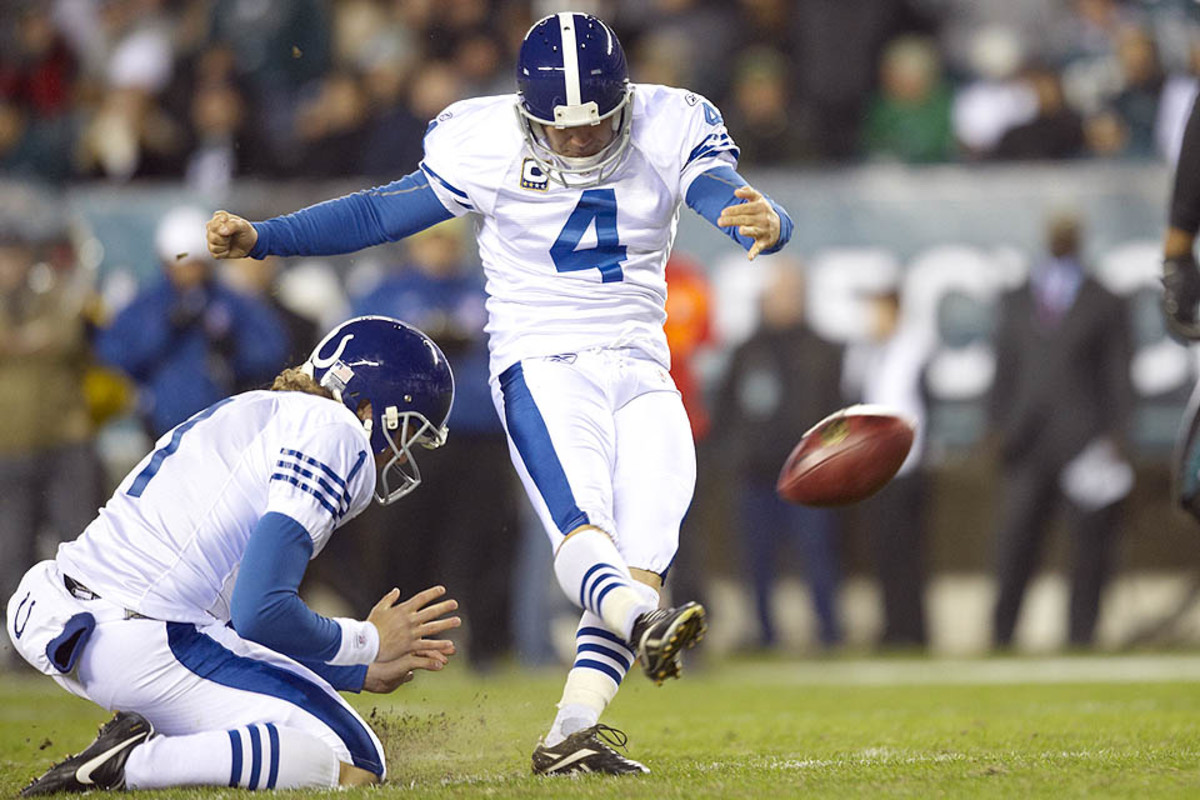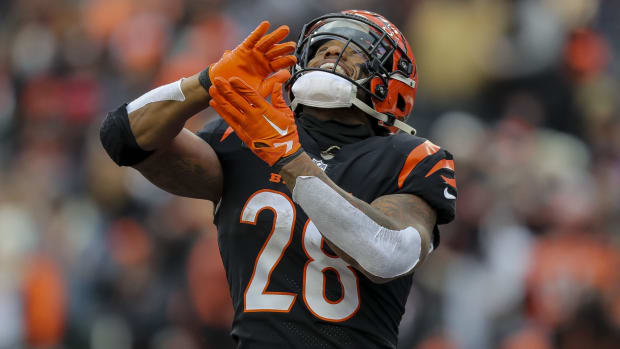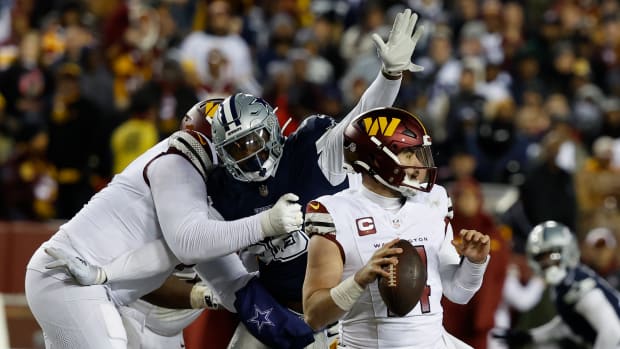Giving Kickers the Boot
The NFL has a kicker problem. They have become too good, and therefore too powerful.
Last week owners tried to remedy this by moving the extra point back 13 yards—a flimsy half-measure akin to a diet that limits fast food to six times a week instead of eight. Now a 19-yard PAT that had a 99.5 percent success rate will become a 32-yard PAT with a success rate somewhere in the mid-90s. Meanwhile, viewers will still be heading to the restroom or fridge before the ball is snapped.
The answer is not to make PATs harder; it’s to make them disappear. Have touchdowns be worth seven points, with a chance for them to drop to six or rise to eight should a team exercise its right to go for two. A seven-point touchdown eliminates the meaningless PAT kick, protecting players from potential injury and making games, which take entirely too long, a few crucial minutes shorter.
More importantly, an automatic seven points ensures that touchdowns are always worth more than double what field goals are worth. That’s how it should be. The mission in football is to reach the end zone, not the outskirts of the red zone.
You can’t overstate the significance of the math behind a sport’s scoring system. Look at soccer. It’s a beautiful game that’s ruined by a ridiculous scoring system in which goals are worth one and everything else is worth zero. Far too often we see a team dominate possession and shots on goal only to lose or draw.
Occasionally we see this sort of misleading outcome in football, usually at the hands of abnormal special teams plays. But in football these are rare and therefore intriguing instances. In soccer, they are common and therefore disheartening.
Another Change in u201916?
Pushing back the extra point 13 yards was a huge step for the league, but the NFL might not be done tinkering with the extra point yet. More changes could come for 2016. FULL STORY
Of course, eliminating the one-point PAT does little to address the problem of NFL kickers becoming too skilled for the sport’s own good. That’s why the NFL should also narrow the uprights. They experimented with this in the most recent Pro Bowl but were overzealous, going from the standard width of 18 feet, 6 inches to 14 feet. (Not that it’s an adequate sample size, but kickers were 2-for-3 on field goals and 4-for-6 on PATs in that exhibition game.)
Shrinking the uprights to a width of 16 feet would be the best measure. This would help drop the success rate on 45-yard-plus field goals, which has soared past 65 percent. Coaches would attempt these long distance field goals less often, making for far more interesting strategic decisions. You know that bizarre area of the field between the 35- and 40-yard line where it feels too far for a field goal but too short for a punt? That area would now stretch from the 30 to the 40. We’d see more fourth down attempts—one of the most exciting situations in football.
The only concern is whether more difficult field goals would somehow lead to more punts, since a coach’s view on field position would change. But any uptick would be small, and an increase in punts isn’t the worst thing since the punt return can offer excitement. (Well, more excitement than seeing a ball kicked between two posts, anyway.) And if the league wants to ensure that more punts would be returned, it could institute a rule that says a punted ball is dead wherever it hits the ground. This would incentivize deeper, long-drive punts and probably force returning teams to use two returners. This would engender more open-field returns and fewer fair-catches. Plus, more line-drive punts could mean more potential for blocked punts.
All of this helps make special teams more interesting, which is needed considering that kickoff returns are disappearing (due to safety concerns) and individual special teamers, who are often no-name backups, mean little to fans (and gamblers, and fantasy owners).
On the surface, minimizing field goal kickers’ impact on games might seem incongruent with making special teams more exciting. But it’s the opposite of that. There is no creativity in field goal kicking. The snap, hold and kick almost always look the same. Outside of making nuanced tweaks to blocking structures up front and building in fake field goals (which are attempted once every blue moon), there have been no creative alterations to the field goal play. It looks the same as it did 40 years ago. If we wanted a sport that stayed static, we’d watch baseball.
Football 24/7
Keep up with the latest from Peter King and The MMQB.
We’ve already heard a few kickers gripe that the league is trying to run them out. The league should be. If someone were to ask you why Calvin Johnson is a better receiver than, say, Eric Decker, you’d say because Johnson has superior size, speed, quickness, flexibility and hands. If someone were to ask you why Adam Vinatieri is a better kicker than Billy Cundiff, you’d say something along the lines of “um, well, because Vinatieri makes more of his kicks.” If you’re a savvy fan, you might cite Vinatieri’s track record in bad weather and under pressure. But as a savvy fan, you’d also know deep down that this does not actually answer the question of why he’s better than Cundiff. Successful kicks in bad weather and under pressure are
products
of a good kicking process, not
part
of a good kicking process. (An acceptable answer to Megatron vs. Decker is not “um, because Johnson makes more big catches.”)
Another way to think of it: To the untrained kicking eye—which is most of us, including a lot of NFL head coaches—the mechanics of a good field goal attempt look pretty much the same as the mechanics of a bad field goal attempt. And, in the end, a 57-yard field goal looks a lot like a 37-yard field goal. It’s a shame that the commendable but ultimately boring skills that NFL kickers possess impact the outcome of games. Let’s ditch the PAT and discourage the long-distance field goal. Let’s get more actual football into the game of football.
Follow The MMQB on Facebook, Twitter and Instagram.
[widget widget_name="SI Newsletter Widget”]









































